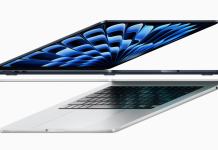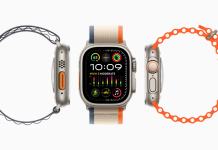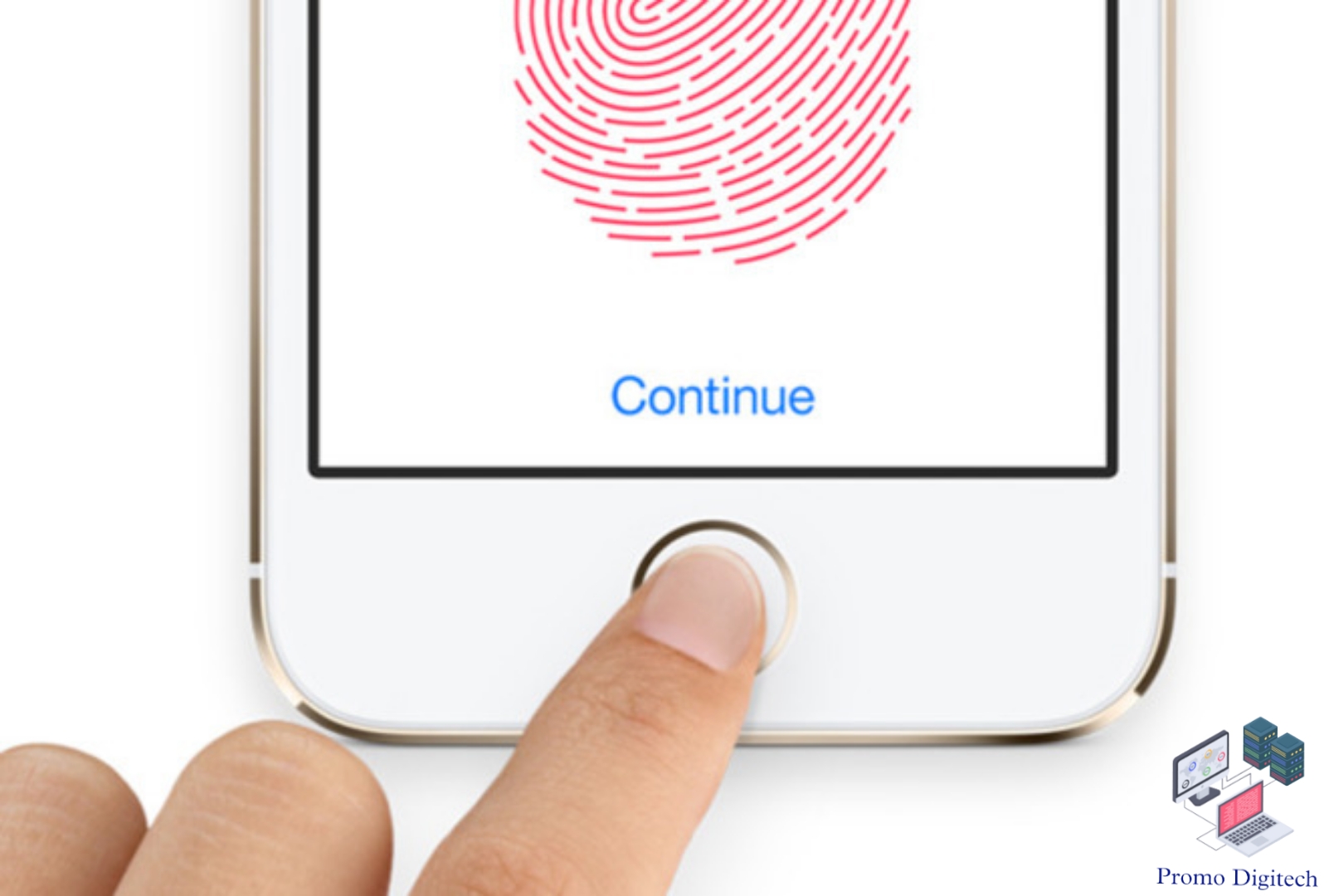Apple Vision Pro is an upcoming mixed reality headset introduced at the 2023 Worldwide Developers Conference. It marks Apple’s entry into a new category of products since the Apple Watch. The Vision Pro, due to launch in 2024 in the United States, is touted as a “space computer” that seamlessly blends digital content with the real world. Users can interact with the system using motion gestures, eye tracking, and voice input. It works with visionOS, a customized version of iOS, which allows the device to run its own extended reality applications. While it works as a standalone device, it can also connect wirelessly to a Mac for enhanced capabilities.
History of Vision Pro :
In May 2015, Apple acquired Metaio, a German augmented reality (AR) company, which was initially tied to its Project Titan. They also hired Mike Rockwell and formed the Technology Development Group to work on AR. In 2016, they created an AR demo, but faced opposition from Jony Ive and his team. Jeff Norris, an AR and VR expert, joined Apple in April 2017. Rockwell’s team collaborated with Ive’s team and released ARKit with iOS 11 in 2017. Apple’s AR headset development ran into uncertainties after Ive’s departure in 2019 and Evans Hankey’s departure in 2023.
Geoff Stahl, Senior Engineering Manager, led the development of the visionOS operating system for the headset. Apple aims to use the headset as a bridge for future lightweight AR glasses. In November 2017, Apple acquired Vrvana, a Canadian augmented reality company known for its Totem headsets. The Totem offered fully opaque and true-color overlays in the real world, had a 120-degree field of view at 90Hz, and used IR illuminators and infrared cameras for tracking.
There were plans to allow the use of macOS software on the headset, but these were scrapped due to limitations. Collaboration with Nike for workouts and designing face cushions for intense workouts was also discussed, but dropped due to battery and display issues.

Unveiling and Release :
In 2022, rumors of a headset from Apple, potentially called the Reality Pro, surfaced. Apple executives, including CEO Tim Cook, gave a preview of the device in May 2022. They began recruiting directors, such as Jon Favreau, to develop content for the headphones, including bringing dinosaurs to life for the Prehistoric Planet TV show. Apple aimed to attract software and service developers and filed numerous patents related to headphone technologies. The Apple Vision Pro was officially announced at the Worldwide Developers Conference on June 5, 2023, with availability in early 2024 in the United States, starting at $3,499. Initially, around 1,000,000 units were planned to ship. Apple acquired headset startup AR Mira, which had contracts with the US Air Force and Navy, on June 6. Some internet users mocked the Vision Pro, comparing it to an episode of Black Mirror and making jokes about its high price. Additionally, users noted similarities between the visionOS user interface and PS Vita’s LiveArea.
Specifications : Hardware & Software :
The Apple Vision Pro is a mixed reality headset with various hardware features. It has a laminated glass display front and an aluminum frame covered by a flexible cushion. The headset includes five sensors, six microphones, and 12 cameras. Two micro-OLED screens, with a total of 23 megapixels, are viewed through the lens. The eyes are tracked using LEDs and infrared cameras for the Optic ID iris scanner, which is used for authentication. Custom optical inserts are compatible with wearers with prescription glasses, and the device’s speaker is located on the headband for virtualized surround sound.
The Vision Pro is powered by the Apple M2 system on a chip, coupled with the Apple R1 coprocessor for real-time sensor input processing. It can be powered by an external power supply, a USB-C port on a Mac, or a battery with a two-hour usage rating. During setup, the user’s face is scanned to generate a realistic avatar, and the user’s own iPhone or an Apple Store can be used to scan the face and ears.
The headset features a “digital crown” dial to control the virtual background and field of view. It has an outward-facing display called the EyeSight, which indicates the user’s immersion level and environmental awareness to others. The software, called visionOS (known internally as xrOS), is derived from the core iOS frameworks and XR-specific frameworks. It features a 3D user interface with finger tracking, eye tracking, and voice recognition. Applications are displayed as floating windows in 3D space, and the platform supports a virtual keyboard, the virtual assistant Siri, and external Bluetooth peripherals. Vision Pro is compatible with many iPhone and iPad apps, including the Microsoft 365 suite, Adobe Lightroom, FaceTime, Webex, Zoom, Disney+, and Apple Arcade games. It also supports the Unity engine and WebXR in Safari.







